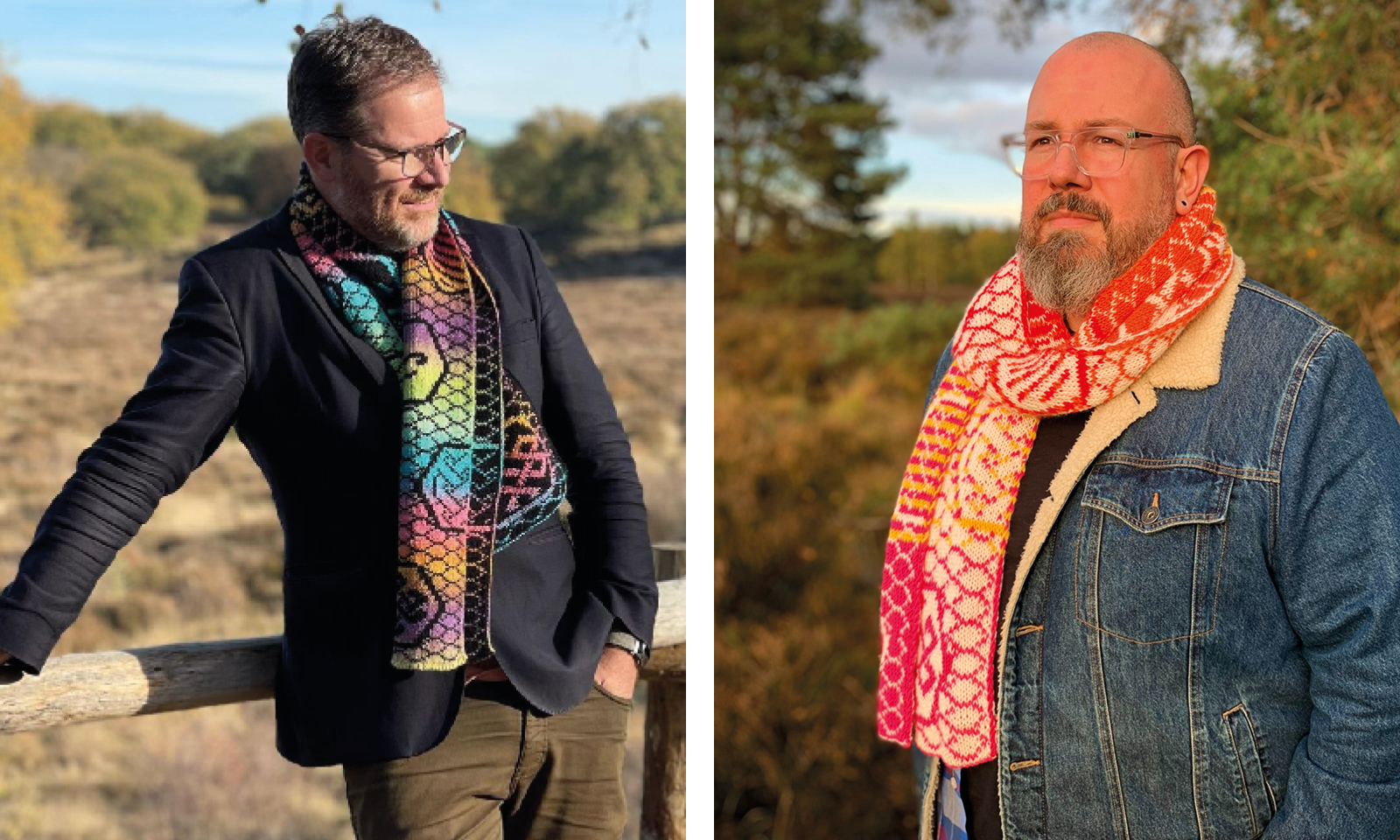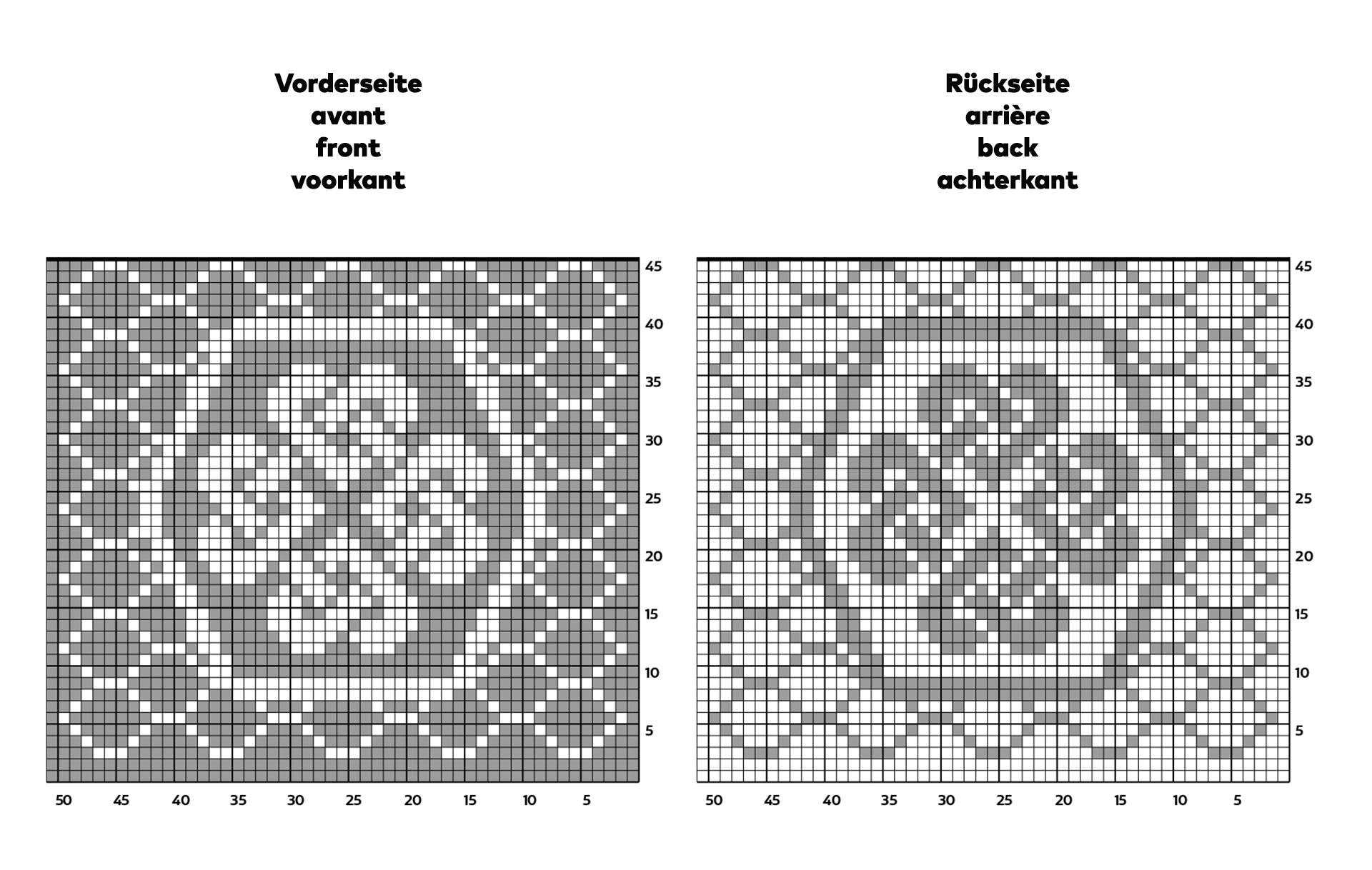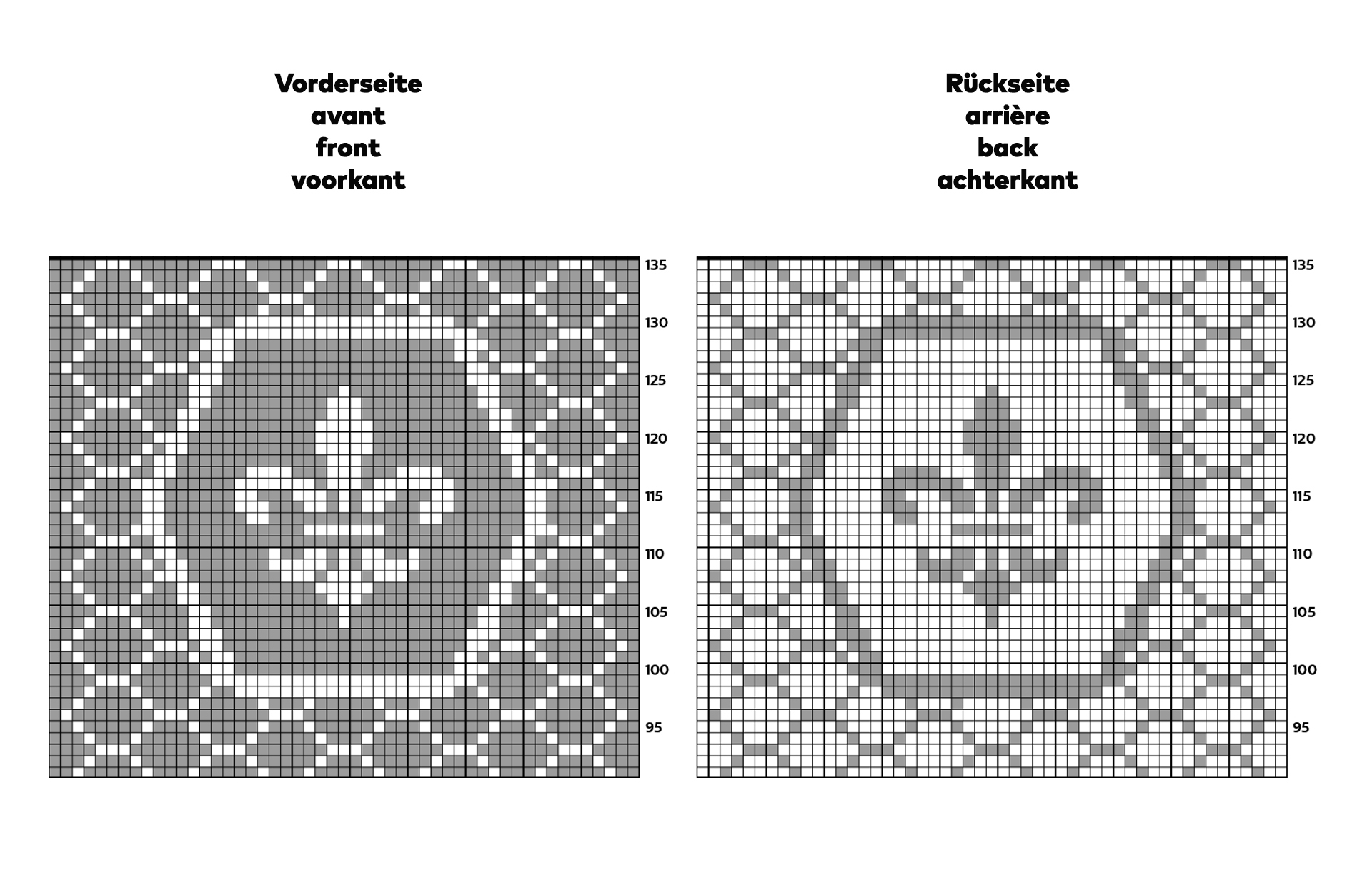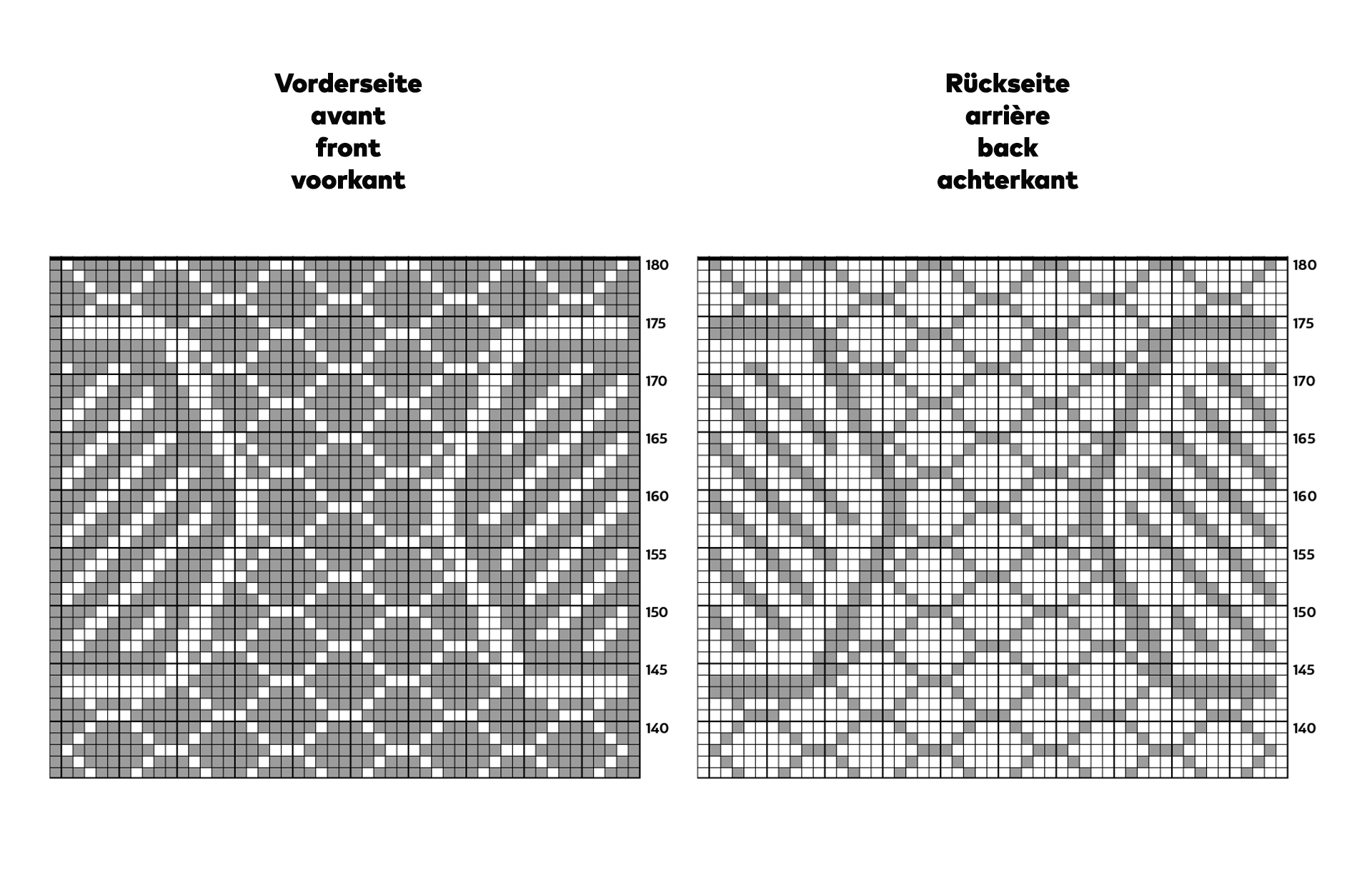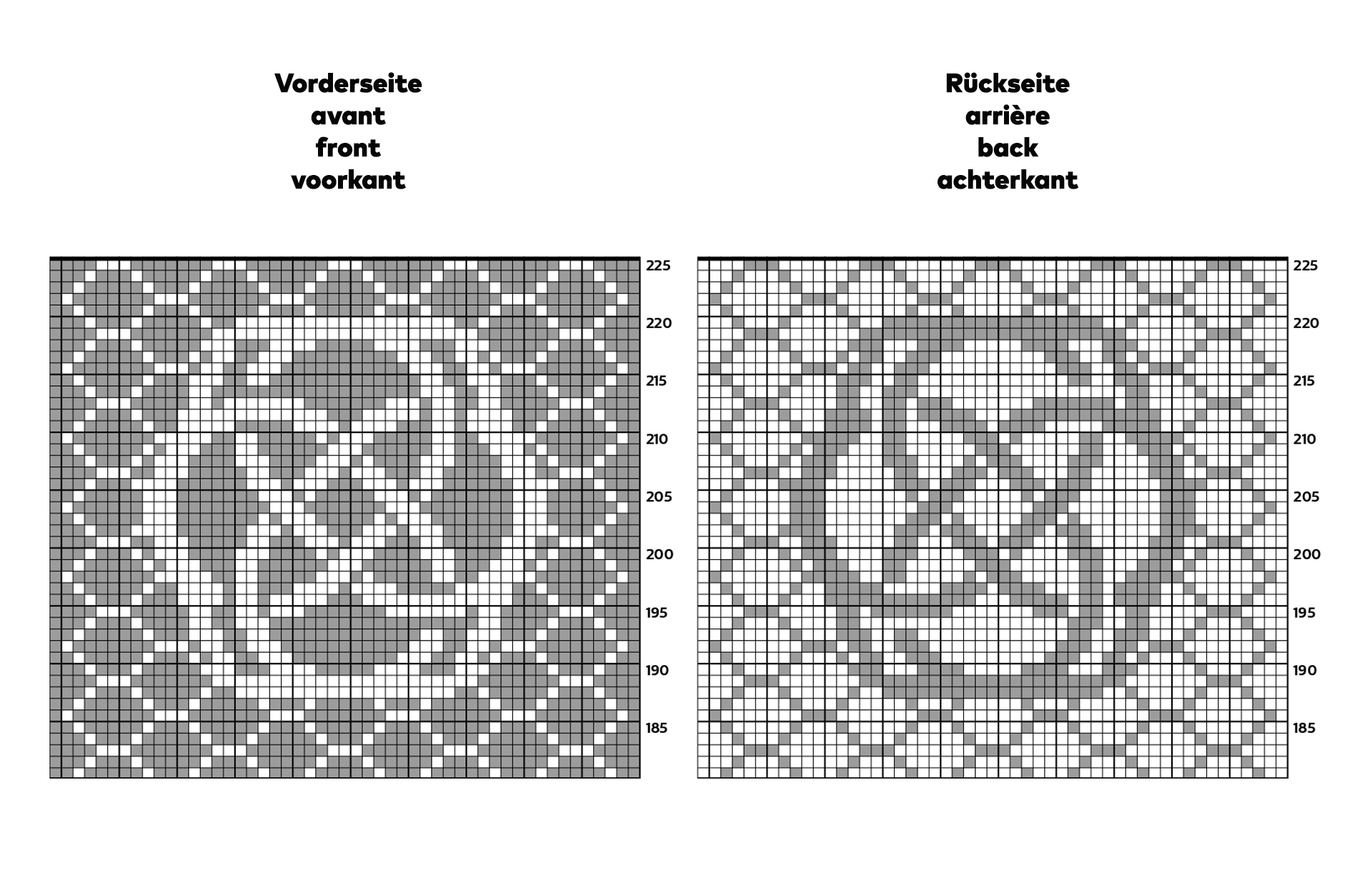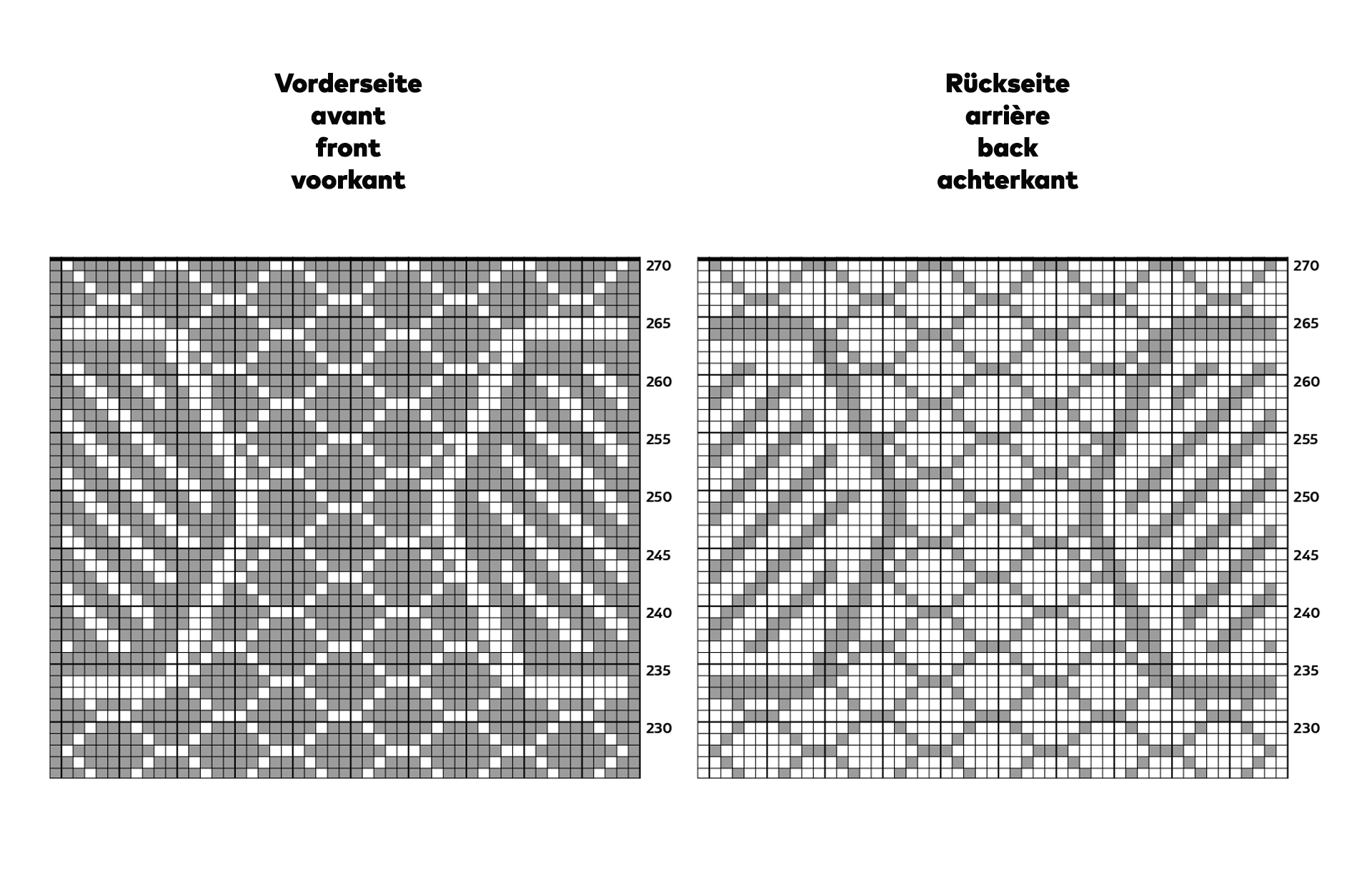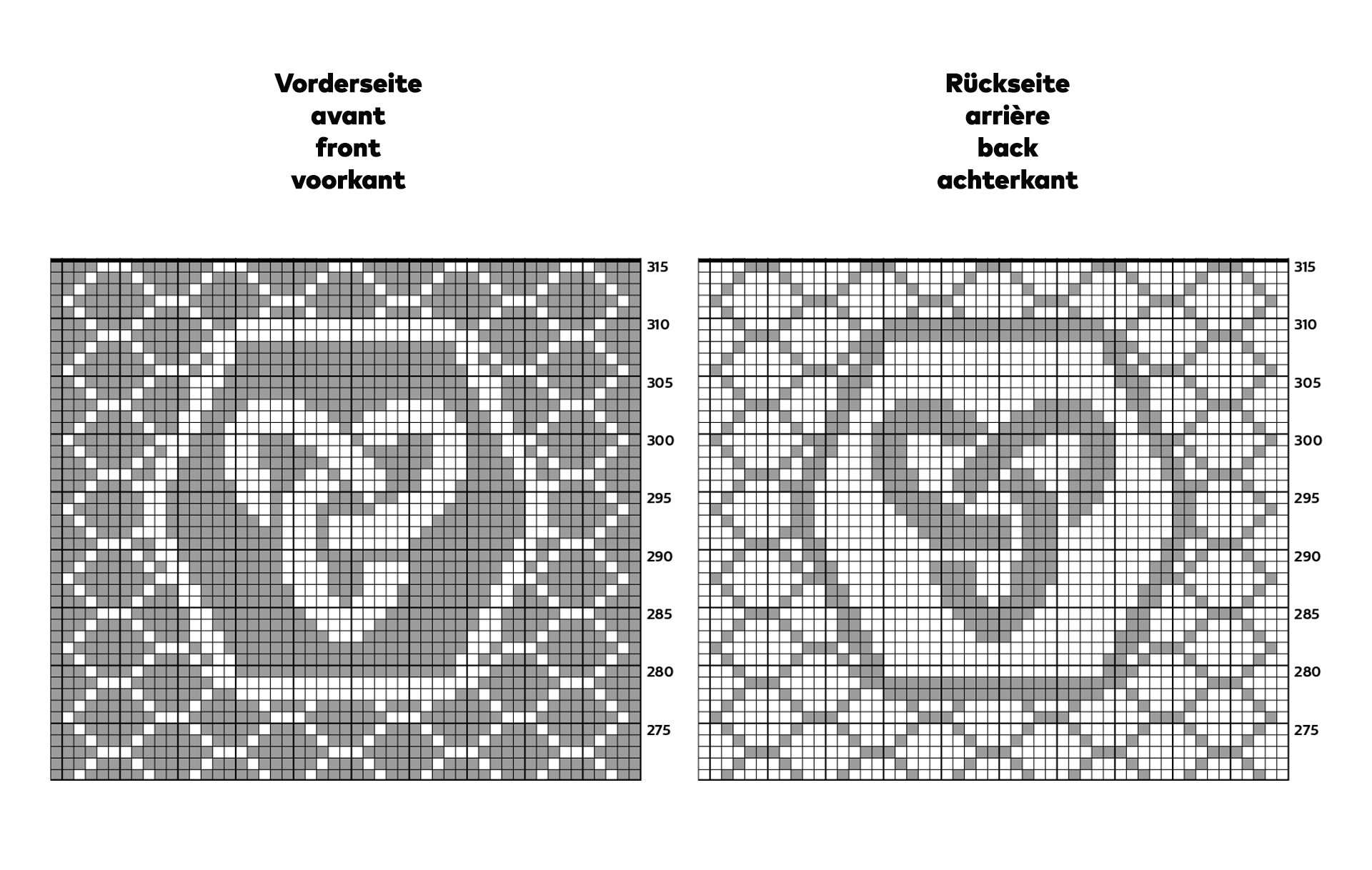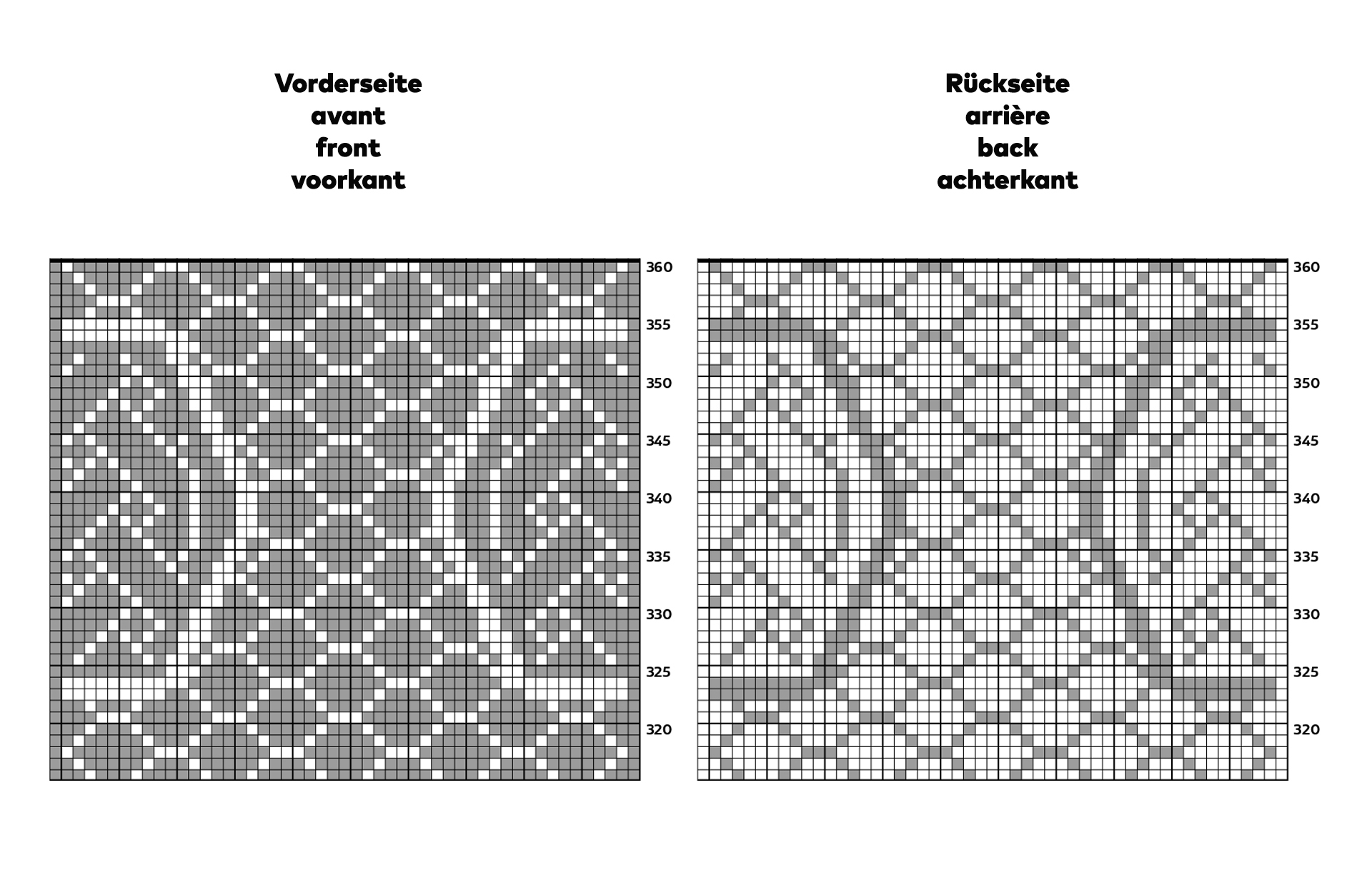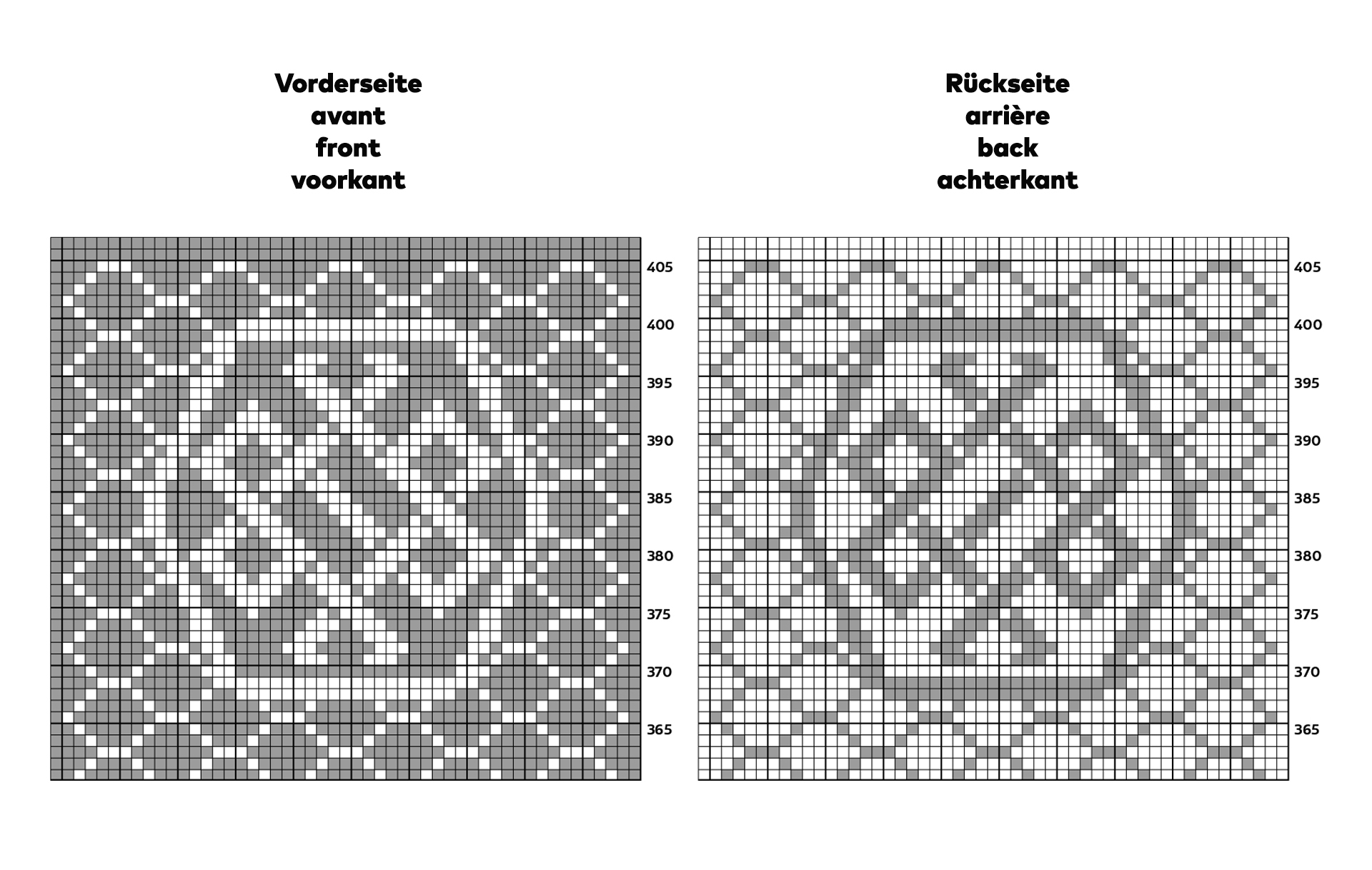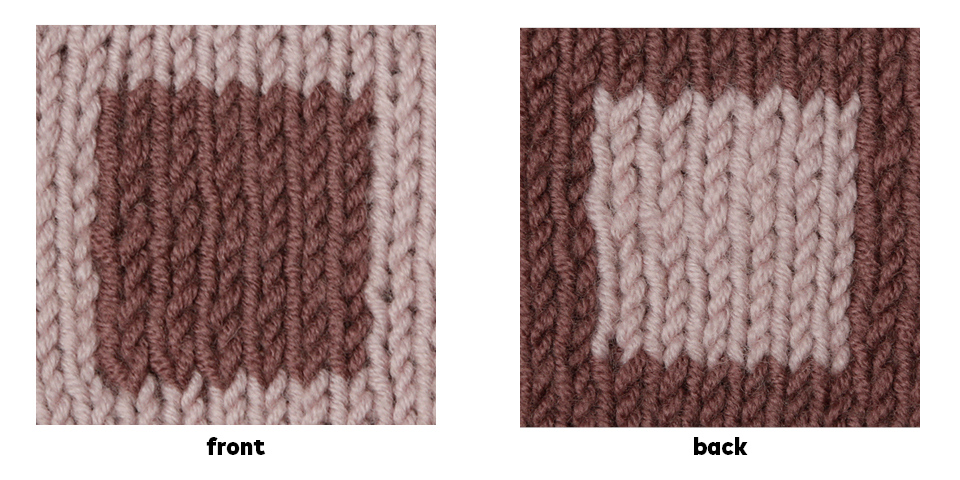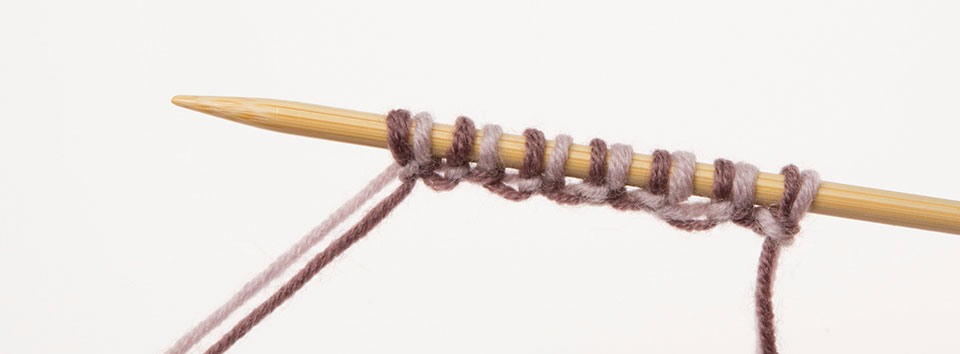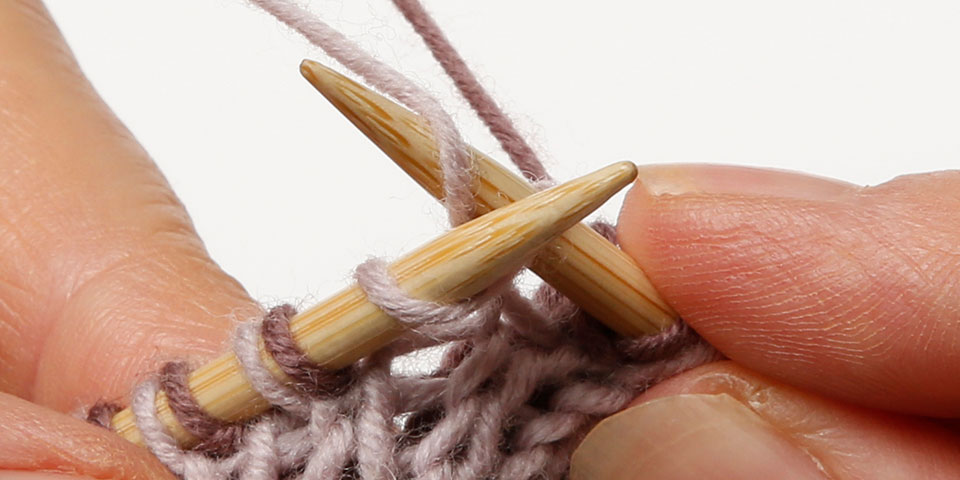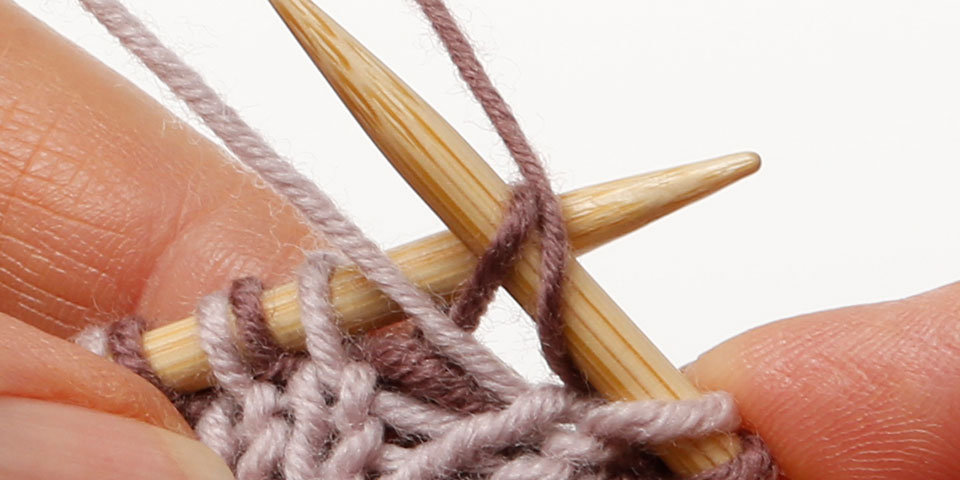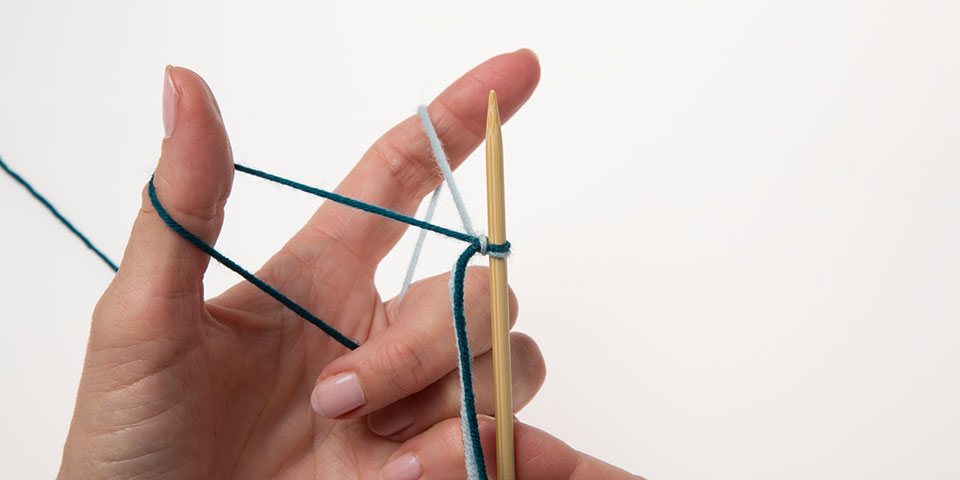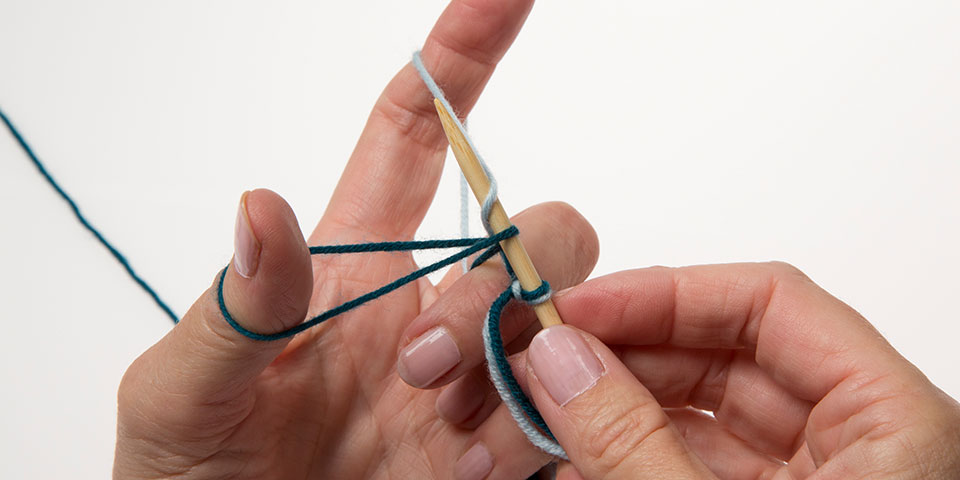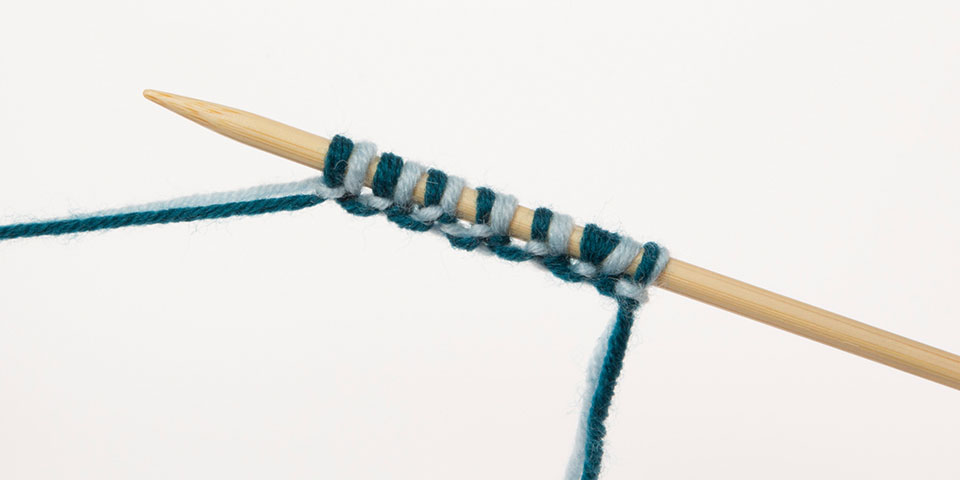Throughout Advent we are knitting along with Wim & Dennis of Happily Knitting to make the «Honey, comb your Heritage» scarf, are you going to join the party?
It all starts on 28th November 2022! From then on you will find a new part of the pattern released here on this page every Monday and Thursday at 9 am.
The scarf is made up of nine different pieces/patterns, but you could also just knit seven to make a shorter scarf, or four to make a cowl, whatever suits your pace, knitting ability and the time you have available.


